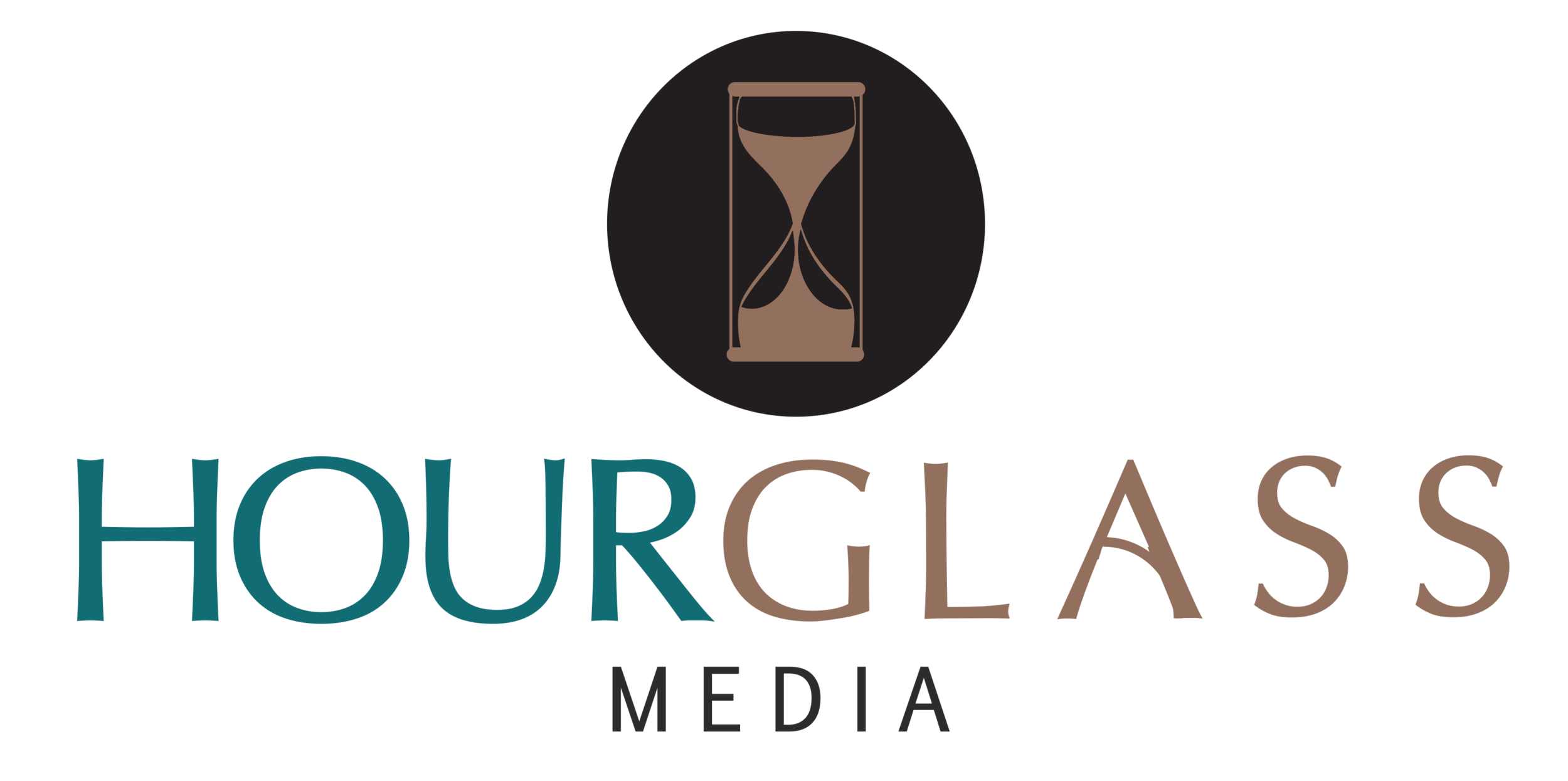How To Be A Better Public Relations Leader Within Your Organization
⌛ By Kaylin R. Staten ⌛
Leadership is a primary management function of public relations. Whether you are a Chief Communications Officer of a Forbes 100 company or are an independent practitioner, leadership skills greatly come into play. All of us are busy with our professional and personal roles, so it could be challenging to invest time and effort into our practices. After all, we’re too busy using them to really focus on them, right?
This August, Hourglass Omnimedia is giving practical leadership and mentorship advice and experienced-based posts to help make your work life a bit easier. These five easy-to-implement qualities will make you a better public relations leader within your organization:
Employs the PRSA Code of Ethics.
If you’re a member of PRSA (and even if you aren’t), follow the PRSA Code of Ethics every day but especially during a crisis situation. If you’re in a leadership position, using ethics-based decision making is essential in establishing a positive work and communications environment. The values outlined in the Code are as follows: Advocacy, Honesty, Expertise, Independence, Loyalty and Fairness. As a PR practitioner, you promise to refrain from conflicts of interest (or fully disclose any you have), use a free flow of information, promote healthy competition, safeguard confidences and enhance the profession. Take the pledge here.
Possesses a Professional Authenticity.
As PR practitioners, we are taught to mask our feelings under our “PR mask.” We save face during news conferences, media appearances and most of our interactions with target publics. Sometimes, we even use that strategy within our personal lives. When you’re in a leadership position, however, one of the most effective traits to exhibit to colleagues and subordinates is authenticity. More and more people are gravitating toward brands, individuals and companies they can identify with. So, don’t be afraid to share successes AND failures. It shows that none of us is perfect. Did you have a successful campaign? That’s wonderful! Outline the successes and then what you could have improved upon. Those around you will learn from the campaign, and you will learn a little something, too. Hourglass Omnimedia has its own Hourglass Prime Directives, the last one of which is:
“'Pass on what you have learned. Strength, mastery. But weakness, folly, failure also. Yes, failure most of all. The greatest teacher, failure is.'” – Yoda in “Star Wars: The Last Jedi.”
Be mindful, though. In today’s age of oversharing, you don’t want to be “too” authentic. Keep it professional.
Efficiently uses the 7 Cs of Communication.
If you want to hone your PR skills and promote PR skills sets, use the standard 7 Cs of Communication in everything you do -- both in internal communications with your team and external products of your PR labor. According to EPR 11th Edition, the 7 Cs of Communication are as follows: Clarity, Credibility, Content, Context, Continuity, Capability and Channels (EPR 11th, pp. 308-309).
So…
Be clear in your messages and actions.
Be credible. Practice what you preach.
Be a storyteller, both in written and oral forms.
Pay attention to context. This even means your body language, the tone of voice and how you word things in meetings.
Use continuity by being consistent in everything you do.
Be a capable leader by always being present in the moment.
Use multiple channels to communicate internally and externally. Go to where your publics are!
Becomes A Master Collaborator.
There is immense strength in collaboration. You are able to accomplish more with a group than you are alone. Don’t do every task on your own if you can receive help. Delegate strategies and tactics and set milestones to the overarching goal to discuss progress and arising issues. Help others remove obstacles instead of creating roadblocks by taking on too much of a project or overall work environment. If you’re brainstorming a new tagline for your rebranding efforts or need some help working an eight-hour festival event, it’s advantageous to get others involved. People don’t know to get involved sometimes unless you ask. And while you’re collaborating, always be kind, courteous, respectful and. Two-way communication is the cornerstone of public relations, so efficiently encode and decode messages during the communications process. The more involved you allow people to be, the better leader you will become.
Takes on Hybrid Strategist-Tactician Role -- Not Just A Tactician.
One of the main differences between a strategist and a tactician is how you approach your PR work. Of course, in both roles, you heavily focus on the RPIE (Research, Planning, Implementation and Evaluation) process. As a tactician, you use tactics to achieve the overall goals and objectives. Usually, someone else, like a boss or client, delegates work to you, such as a press release or social media post. You may not have an idea about the main goal. As a strategist, you know the big picture and the details to allow the plan to come to fruition. The exercise below can give you an idea of you’re more of a technician or manager and if you’re part of the line management function or staff management. It’s recommended that as your PR career advances into a more leadership role, you will spend the most time in squares 2-4. If more than 75 percent of your time is spent in the first square, you’re still in the tactician role. Fill out this chart at least once per year to see where you stand in your career. (And you don’t have to share it with others. This is just for you!)
Copyright © MMXVIII Hourglass Omnimedia, LLC
Kaylin R. Staten is an award-winning public relations practitioner and writer. She owns Hourglass Omnimedia, a consulting company based in Huntington, WV.
⌛ ⌛ ⌛

